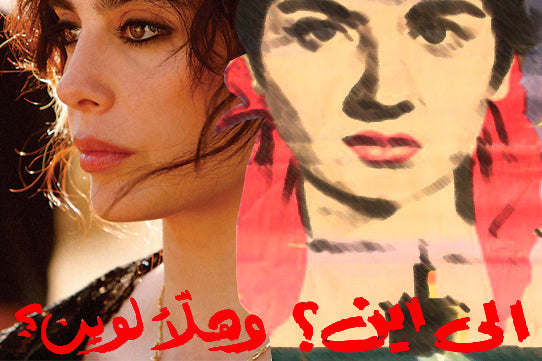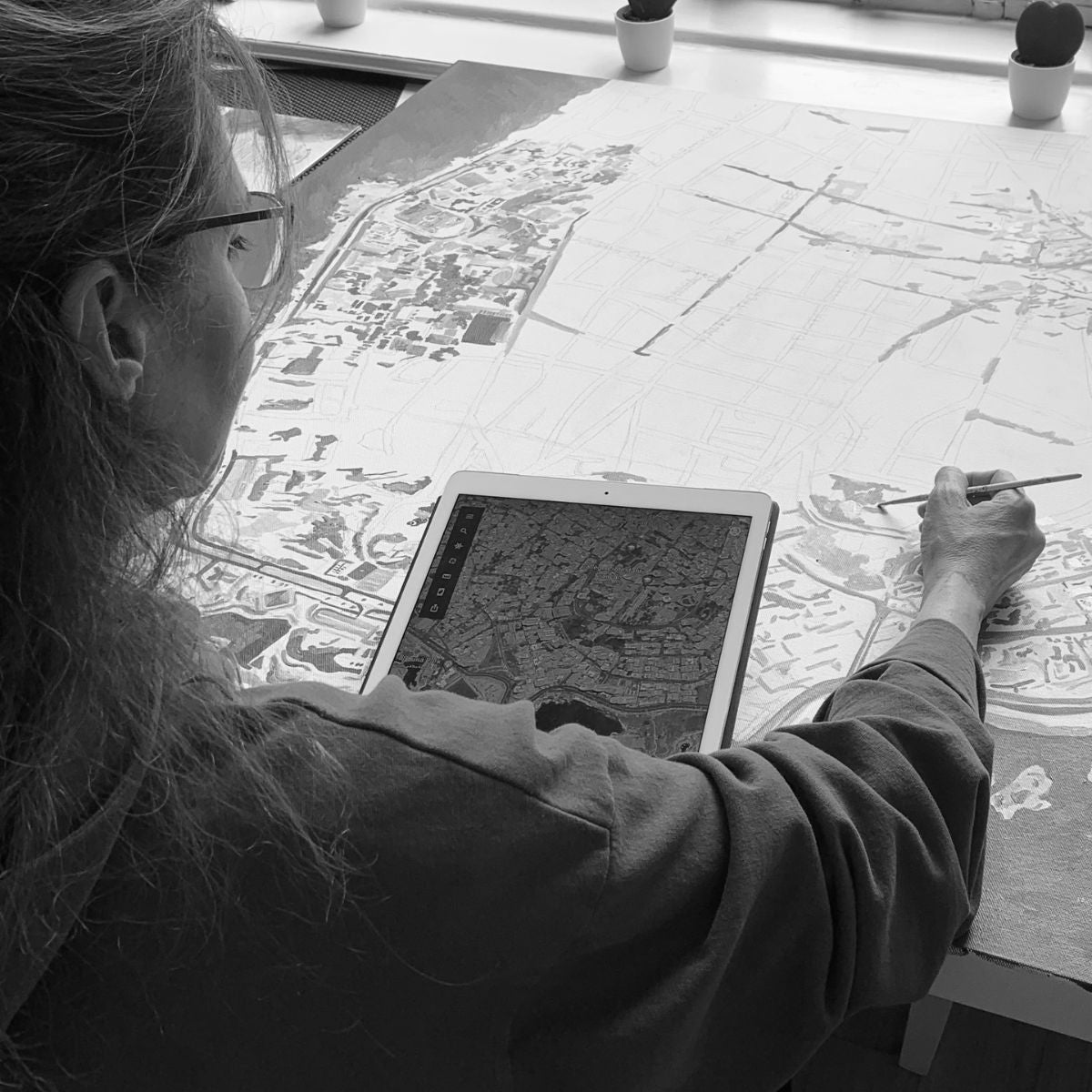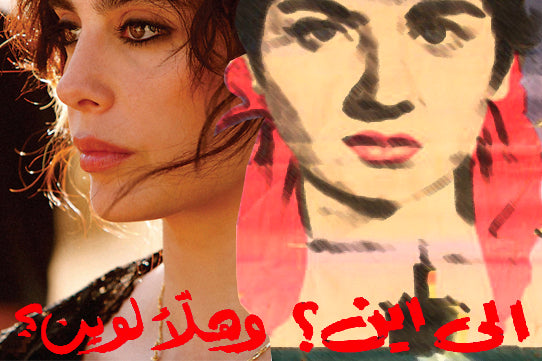Where To? Where Do We Go Now?
Where To? Where Do We Go Now?
By Loulou Bissat
Couldn't load pickup availability
Stock level: 1 left
Item details:
"Where to? Where Do We Go Now?" symbolizes these common questions frequently asked, answered in the artwork by Nadine Labaki and how she redefined the image of Arab women as "feminine, alluring, and in control".
The title is based on two movie titles: "Ila Ayn?" directed by George Nasser in 1957, followed by "W hala'a La Wein?" directed by Nadine Labaki in 2010.
Half a century after George Nasser represented Lebanese cinema at the Cannes Film Festival in 1957, Nadine Labaki's debut film Caramel premiered at the Cannes Film Festival in 2007. She was the first female Arab director to be nominated for an Oscar for Best Foreign Language Film.
In Nasser's "Where to?", the father abandons his family and leaves for Brazil, leaving the mother to raise her children with great difficulty.
In Labaki's "Where to Now?", it is the women who band together and conspire together challenging their husbands and sons.

About Loulou Bissat

Loulou Bissat is a French Lebanese interior architect and artist. She was born in 1971 in Beirut, where she spent her childhood, and moved to France in 1984.
Whilst studying for her Interior Architecture Diploma in Nice, Loulou developed her technical painting skills by attending her art teacher's studio in Vieille Antibes, where many artists found inspiration. She continued experimenting over the years, with various techniques, under different artists.
Being away from her hometown for many years set her on a quest to uncover stories of places and times she never experienced. The journey back started in 2019.
With a multifaceted career in Interior Architecture, Loulou found her inspiration in Beirut’s architecture; buildings renowned for their architectural charm, their historical significance, the ones designed by famous architects, and notably local landmarks that have stood as silent witnesses to the past. Whilst it was the buildings that revealed the stories of the city, the local culture was reflected in the dialect, film, music, and food.

